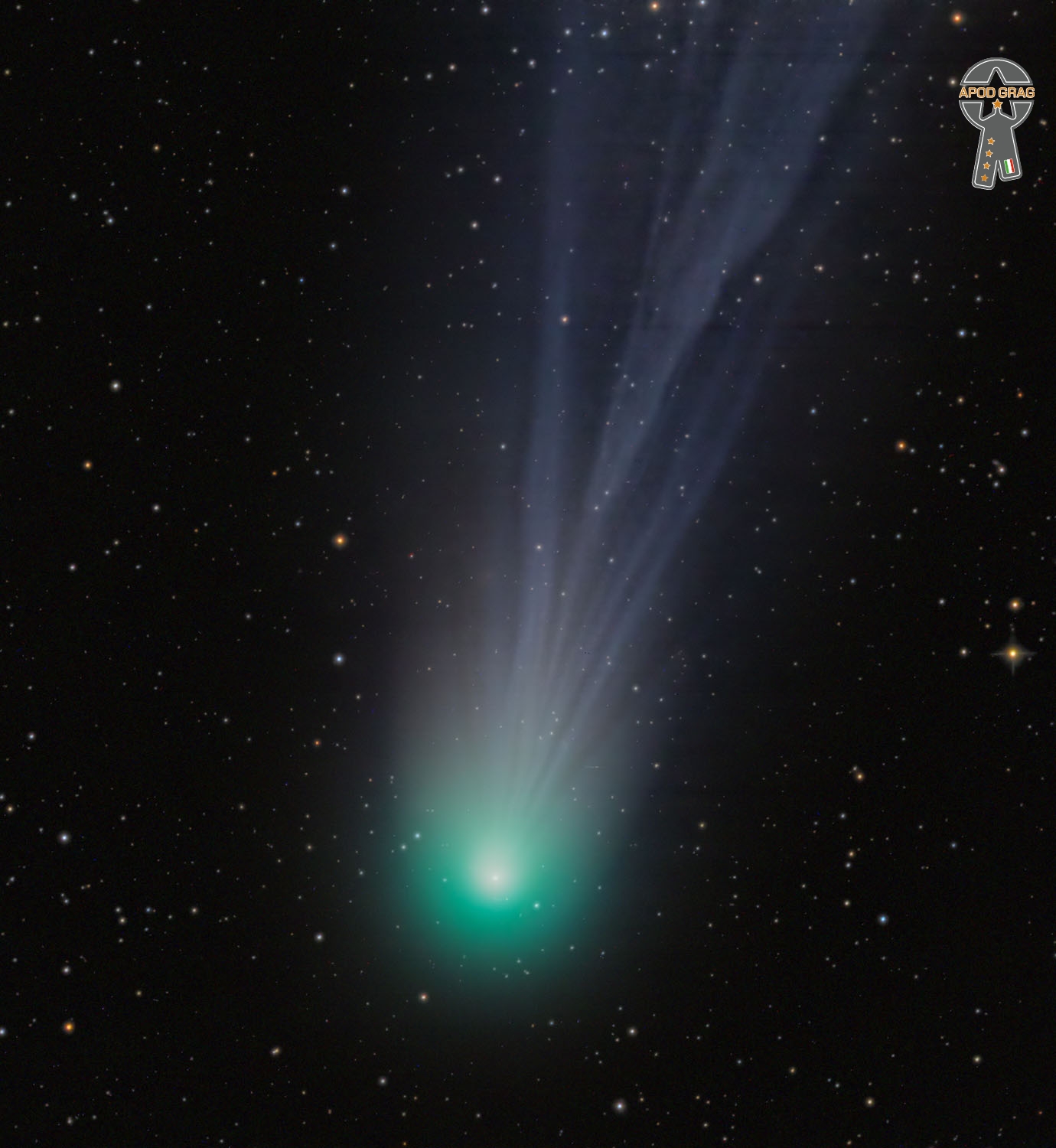Cosmos Comet 12P/Pons–Brooks
12P/Pons–Brooks is a periodic comet with an orbital period of 71 years. Comets with an orbital period of 20 to 200 years are referred to as Halley-type comets. It is one of the brightest known periodic comets, reaching an absolute visual magnitude of about 5 in its approach to perihelion. Comet Pons-Brooks was definitely discovered at Marseilles Observatory in July 1812 by Jean-Louis Pons, and on its next appearance in 1883 by William Robert Brooks. There are ancient records of comets that may have been 12P/Pons–Brooks.
The next perihelion passage is 21 April 2024, with closest approach to Earth being 1.55 AU(232 million km) on 2 June 2024. The comet is expected to brighten to about apparent magnitude4.5. The comet nucleus is estimated to be around 30 km in diameter assuming it was not producing too much dust and gas during the 2020 photometry.
12P/Pons–Brooks may be the parent body of the weak December κ-Draconids meteor shower that is active from about November 29 to December 13.
